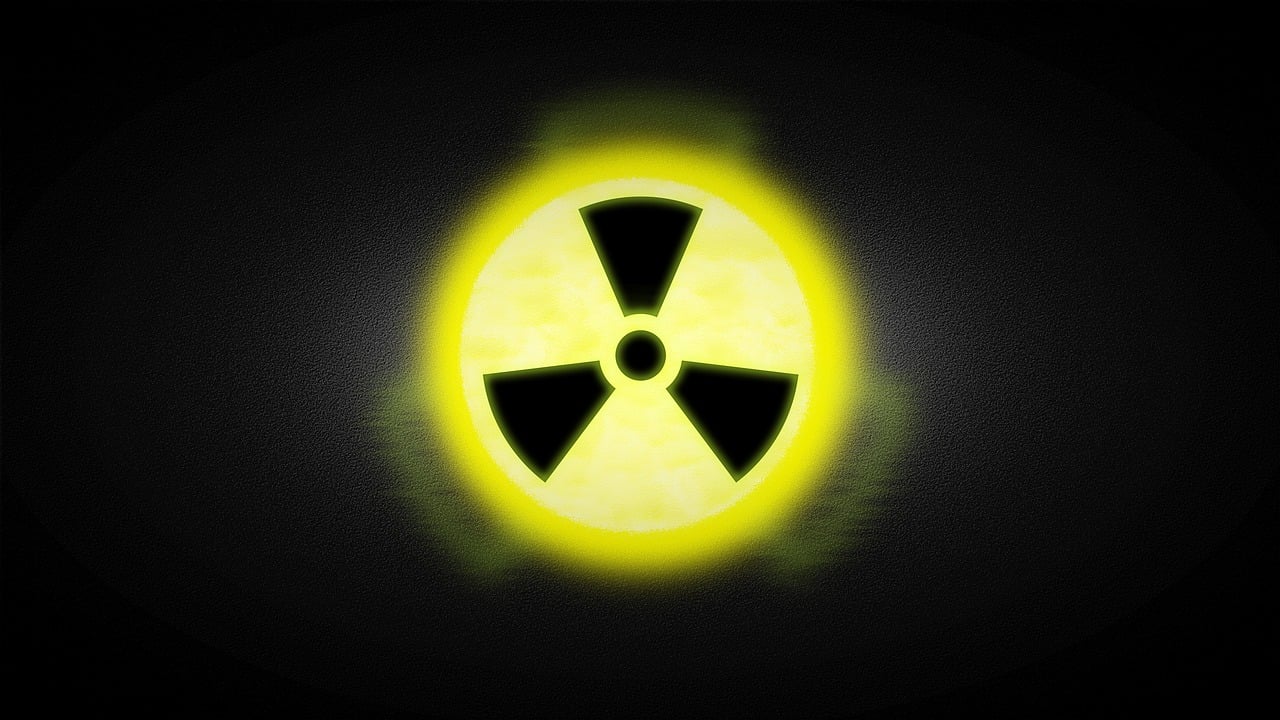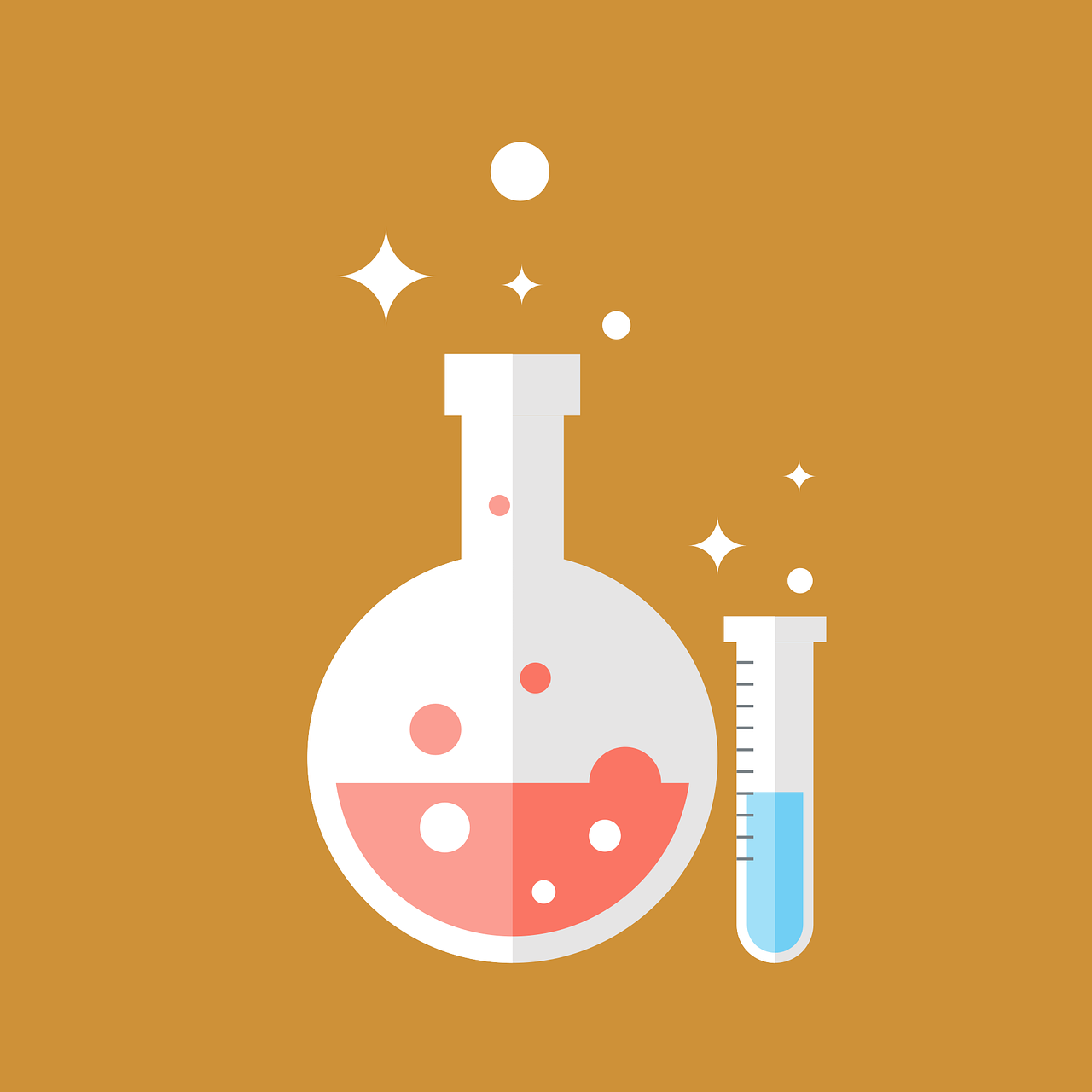Modern industrial chemistry, though associated with towering reactors, complex production lines, and vast quantities of raw materials, owes much of its success to something far less visible — catalysis. Quietly operating at the molecular level, catalysts make the impossible feasible, the slow rapid, and the inefficient efficient. Though often overlooked by those outside the chemical sciences, catalysis is the silent powerhouse behind a majority of chemical processes worldwide.
In 2025, as global industries aim for decarbonization, circularity, and sustainable growth, catalysis is not only remaining relevant — it’s becoming more essential than ever. This article dives into what catalysis is, why it’s indispensable in industrial applications, and how it’s evolving to meet the environmental and technological challenges of the 21st century.
🔬 What Is Catalysis?
Catalysis is the process by which a catalyst accelerates a chemical reaction without being consumed in the process. Catalysts work by lowering the activation energy of a reaction, allowing it to proceed more quickly or under milder conditions.
There are three main types of catalysis:
Heterogeneous Catalysis
Catalyst and reactants are in different phases (typically solid catalyst with liquid or gas reactants).
Common in petroleum refining and environmental applications.
Homogeneous Catalysis
Catalyst and reactants are in the same phase, usually liquid.
Used often in fine chemicals and pharmaceutical synthesis.
Biocatalysis (Enzymatic Catalysis)
Uses enzymes or whole-cell organisms to catalyze reactions, often in mild conditions.
Increasingly adopted in green chemistry and biotechnology.
Each type has its advantages, depending on the desired reaction, conditions, and scalability.
🏭 Catalysis in Industrial Processes
Catalysis supports the production of over 60% of all chemical products and features in about 90% of industrial chemical processes. Below are some of the most critical industrial sectors where catalysis plays a central role.
1. Petroleum and Fuel Refining
The refining of crude oil into gasoline, diesel, kerosene, and other fuel products heavily relies on catalysts.
Catalytic Cracking: Uses zeolite catalysts to break down heavy hydrocarbons into lighter, more valuable products like gasoline.
Hydrotreating: Removes sulfur, nitrogen, and heavy metals from fuel using catalysts such as cobalt-molybdenum or nickel-molybdenum on alumina.
Reforming: Converts low-octane hydrocarbons into aromatics and high-octane components using platinum-based catalysts.
Without catalysis, refining would be vastly less efficient and significantly more polluting.
2. Ammonia Synthesis (Haber-Bosch Process)
The Haber-Bosch process, arguably the most important chemical process of the 20th century, uses an iron-based catalyst to synthesize ammonia from nitrogen and hydrogen.
Ammonia is the building block for fertilizers that feed half of the global population.
The process occurs under high pressure and temperature, but without catalysis, it would be commercially unviable.
3. Polymer and Plastic Manufacturing
Catalysts are essential for polymerization — the process of combining small molecules (monomers) into polymers (plastics).
Ziegler-Natta Catalysts: Used for producing polyethylene and polypropylene.
Metallocene Catalysts: Allow greater control over polymer structure and properties.
Ring-Opening Polymerization Catalysts: Used in making biodegradable plastics like PLA.
Catalysis not only drives the reaction but also defines the mechanical, chemical, and thermal properties of the resulting plastic.
4. Pharmaceutical Manufacturing
In drug development, catalytic reactions help synthesize complex molecules more efficiently and with greater precision.
Asymmetric Catalysis: Produces chiral molecules needed for many pharmaceuticals.
C-C and C-N Bond Formation: Metal catalysts like palladium enable key carbon-based connections.
Catalysis reduces the number of steps and waste involved in drug synthesis, supporting green chemistry and cost-effective production.
5. Environmental Protection
Catalysts help convert harmful emissions into harmless substances:
Automotive Catalytic Converters: Use platinum, palladium, and rhodium to transform CO, NOx, and hydrocarbons into CO₂, nitrogen, and water vapor.
Flue Gas Treatment: Catalysts remove sulfur and nitrogen oxides from industrial emissions.
Water Treatment Catalysts: Break down toxic organic pollutants in wastewater using advanced oxidation processes.
Catalysis is critical to meeting global air and water quality standards.
🌿 Catalysis and Green Chemistry
As the chemical industry embraces sustainability, catalysis has emerged as a pillar of green chemistry. It contributes to:
Lower energy consumption by enabling reactions at lower temperatures and pressures.
Waste reduction by improving selectivity and minimizing by-products.
Material efficiency through precision transformations.
For example:
CO₂ Utilization: Catalysts can transform CO₂ into methanol, urea, or synthetic fuels, turning a greenhouse gas into valuable chemicals.
Biocatalysis: Enzymes operate in water and under mild conditions, reducing the need for toxic solvents and reagents.
Photocatalysis: Harnesses solar energy to drive reactions, such as water splitting for hydrogen production or degrading pollutants.
🔍 Designing Better Catalysts
Developing an effective catalyst involves understanding the mechanism, active sites, and reaction environment. Catalysts must balance:
Activity (speed of reaction),
Selectivity (producing the desired product),
Stability (resistance to degradation), and
Affordability (cost-effectiveness for large-scale production).
Tools and Techniques Used:
Computational Chemistry: Predicts how molecules and catalysts interact at the quantum level.
Machine Learning: Accelerates discovery by identifying patterns in large datasets.
High-Throughput Screening: Allows rapid testing of hundreds of catalyst formulations.
Operando Spectroscopy: Observes catalysts in real-time under operating conditions.
These methods help design next-generation catalysts tailored for energy efficiency and sustainability.
🚧 Challenges in Catalysis
Despite its success, industrial catalysis faces several critical challenges:
1. Scarcity of Precious Metals
Many effective catalysts rely on rare elements like platinum, palladium, and rhodium, which are costly and geopolitically sensitive. There is an urgent push to:
Develop catalysts using abundant metals like iron, nickel, or cobalt.
Recycle and recover precious metals from spent catalysts and electronic waste.
2. Catalyst Deactivation
Catalysts can lose effectiveness over time due to:
Coking: Buildup of carbon residues.
Sintering: Structural changes at high temperatures.
Poisoning: Contamination from impurities like sulfur or chlorine.
Enhancing catalyst lifespan is key to process efficiency.
3. Scale-Up and Integration
Lab-scale catalysts often perform well, but integrating them into real-world industrial processes can be challenging. Issues like heat management, pressure stability, and material compatibility must be addressed.
4. Environmental and Health Risks
Some homogeneous catalysts use toxic or hazardous materials. There’s growing demand for benign catalysts that operate in water or green solvents.
🔮 The Future of Catalysis
Looking ahead, catalysis will play a pivotal role in shaping a sustainable, low-carbon future. Some exciting developments include:
1. Electrocatalysis
Catalysts that drive chemical reactions using electricity are central to:
Green hydrogen production via water electrolysis.
CO₂ reduction to fuels and alcohols.
Electrosynthesis of fertilizers and fine chemicals.
2. Photocatalysis
Using sunlight as an energy source, photocatalysts aim to mimic natural photosynthesis.
Applications: Water splitting, solar fuel production, and air purification.
Materials like titanium dioxide (TiO₂) are being modified to enhance performance under visible light.
3. Single-Atom Catalysts
These feature individual atoms dispersed on a support surface, offering:
High atom efficiency
Unique electronic properties
Exceptional selectivity
They are being explored for CO₂ conversion, hydrogen evolution, and nitrogen fixation.
4. Biocatalysis & Enzyme Engineering
By modifying enzymes through genetic and protein engineering, researchers can expand their utility in non-natural reactions and harsh industrial conditions.
5. Catalysts for Circular Chemistry
From plastic depolymerization to waste-to-chemicals, new catalysts are being designed to enable material recovery and reuse, aligning chemistry with circular economy principles.
🧭 Conclusion: Catalysis as a Cornerstone of Chemical Innovation
In the vast machinery of industrial chemistry, catalysis is the silent engine that powers cleaner fuels, lighter plastics, better medicines, and greener processes. Its role is both foundational and transformative.
As the world faces climate change, resource scarcity, and the urgent need for sustainable development, catalysis offers not just incremental improvements but entirely new pathways for clean production. Its continued evolution—driven by innovation, collaboration, and investment—will be critical to achieving the next industrial revolution, one defined by efficiency, circularity, and environmental stewardship.
So while catalysts may be invisible to the eye, their impact on our world is monumental—and still growing.
















